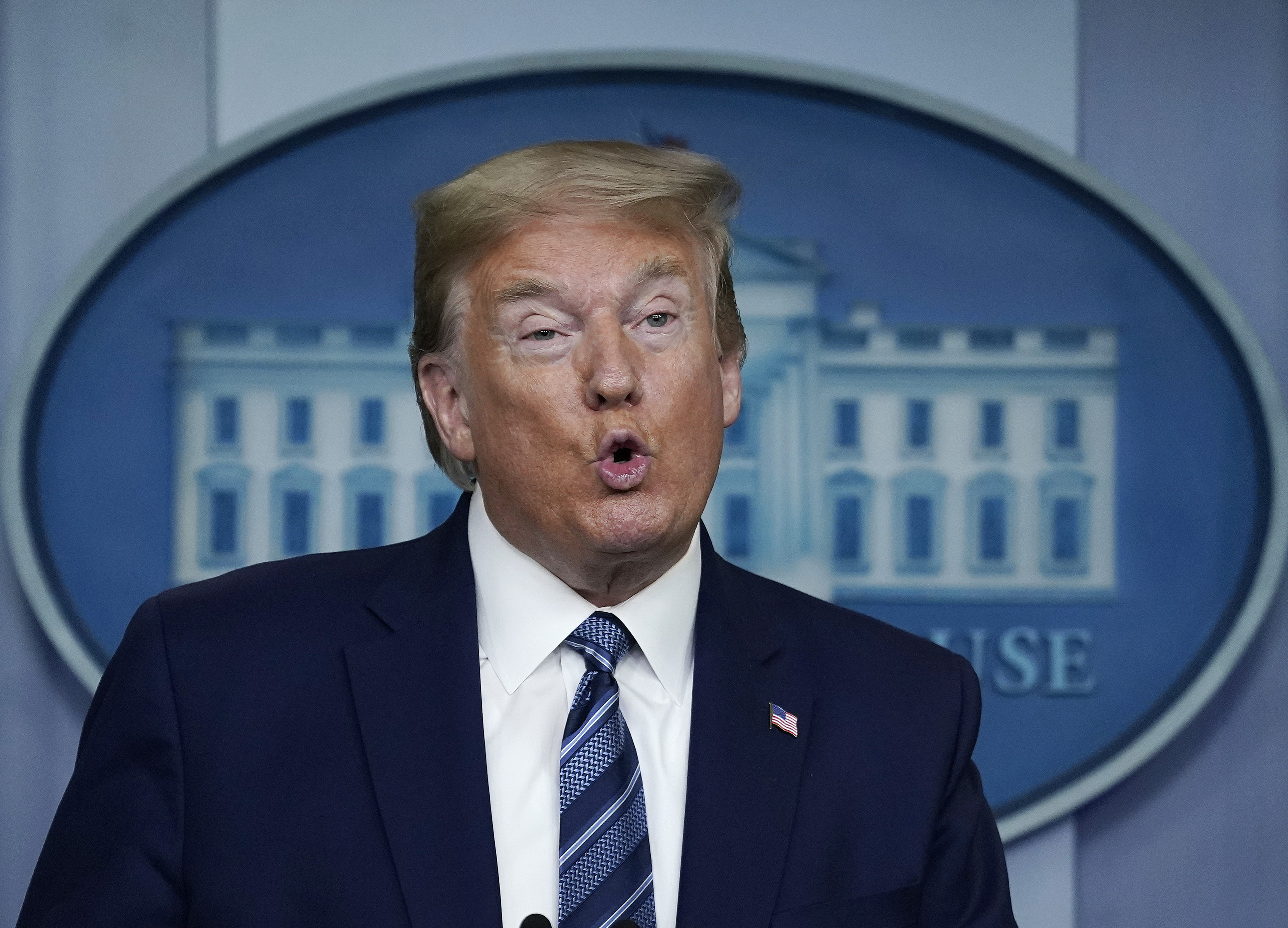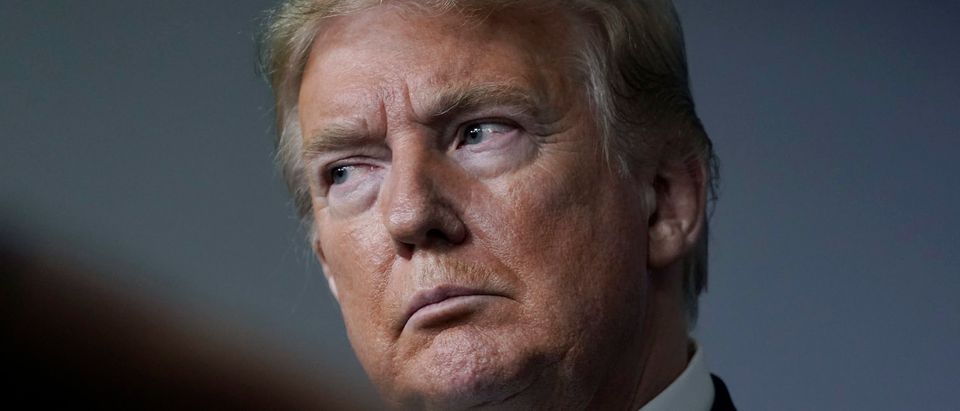President Donald Trump announced at Tuesday’s White House task force briefing a temporary halt on immigration to the United States to protect American jobs impacted by the coronavirus pandemic.

WASHINGTON, DC – APRIL 21: U.S. President Donald Trump speaks during the coronavirus daily briefing at the White House on April 21, 2020 in Washington, DC. Earlier in the day, the president met with New York Gov. Andrew Cuomo in the Oval Office to discuss COVID-19 testing. (Photo by Drew Angerer/Getty Images)
Trump teased the idea late Monday night on Twitter, writing that “in light of the attack from the Invisible Enemy, as well as the need to protect the jobs of our GREAT American Citizens,” and saying he would soon sign an executive order banning immigration into the country.
On Tuesday, he clarified that it will result in a 60-day pause “for individuals seeking a permanent residency, in other words, those receiving green cards.”
WATCH:
“By pausing immigration, we’ll help put unemployed Americans first in line for jobs as America reopens,” he told reporters in the Brady Briefing Room. “It would be wrong and unjust for Americans laid off by the virus to be replaced with new immigrant labor flown in from abroad.”
Trump added that the administration will weigh taking additional measures to “protect U.S. workers” and could possibly extend the 60-day pause if necessary. Trump said he expects to sign the order Wednesday. (RELATED: Congress, White House Reach Agreement On Latest Coronavirus Bill)
Trump’s Monday announcement immediately drew criticism from Democratic lawmakers, while immigration hawks considered what form the executive order might take. An early draft of the EO contained several exceptions for migrant workers, including those in the food industry and technology industry.
The president confirmed that aides were also putting together a second immigration order which could be signed at a later date but did not elaborate on what new measures could be included.
The Department of Labor’s most recent unemployment report added 5.25 million jobless claims to the 22 million already caused by the coronavirus pandemic.


